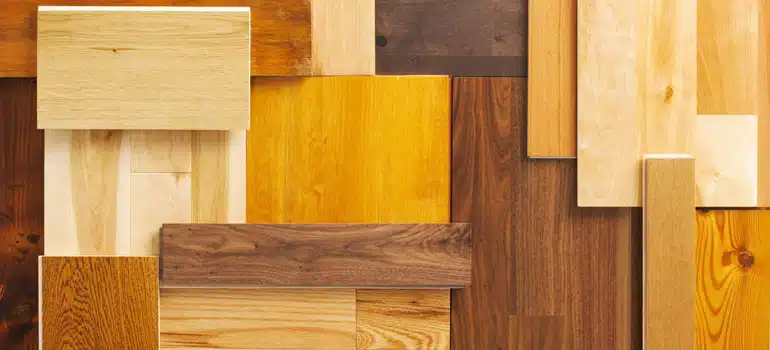You can probably name different wood types off the top of your head. But can you do that with different cuts of wood?
So you’ve decided on a type of wood for your custom piece of furniture. Congratulations, your work is done! Or so you thought. Different cuts of wood vary so you must be discerning.
Your choices don’t stop there, especially if you’re creating a piece that really highlights your wood’s aesthetic qualities – in particular, the grain. It’s not only the wood type that makes an impact, but the kind of wood cut used for the piece’s lumber, too.
When we say “wood cut,” we don’t mean joints or edges in the final piece. Rather, wood cut refers to the way a tree log is cut into pieces of lumber, and it has a big impact on how the wood grain appears in the boards that will eventually make up your furniture as well as the amount of waste that is produced in the logging process.
Here are the most common types of wood cuts:
- Live sawn – This is the most common style of wood cut, as it’s inexpensive and produces little waste. Essentially, the wooden trunk is sliced into planks in one direction, and never moves. You’ve certainly seen a live sawn (sometimes also known as flat sawn) wood cut – they’re noticeable for the way the grain stays in straight lines along the length of the plank, and curves like a wide “U” shape on the ends. Choose this cut if you’d like the wood’s quirks and imperfections to shine through.
- Plain sawn – Much like the live sawn technique, this approach is also great for reducing waste, and is quite common for its simplicity and efficiency. However, it differentiates from the live sawn wood cut because between each cut from the log, it rotates 90 degrees. That creates a cathedral style of wood grain, which comes to an attractive point along the length of the plank.
- Quarter sawn – Slightly more expensive and difficult than the previous two options, the quarter sawn cut has a log divided into quarters first, and then each quarter is cut in a live sawn or flat sawn manner. That means the cuts happen perpendicularly to the rings within the log, and though the boards produced tend to be narrower than other methods, the result contains beautiful straight wood grain on the ends of the plank as well as the length. Some woods like mahogany are known for a certain style of grain type produced by the quarter sawn style.
- Rift sawn – Most expensive of all the wood cuts due to the amount of waste it creates from the log, the rift sawn approach takes a similar approach to the quarter sawn cut. Since cuts are also made perpendicularly to the log rings, the resulting wood grain is very straight and subtle. This style is best used in maple or oak species, when going for a modern look, or when a cleaner style of wood is preferred to offset a bolder wood grain used in a piece. But it’s rare to have plants larger than four inches with this method.
Have any other questions about wood cuts and how they’re used in furniture design? Reach out to RFP to learn more.

